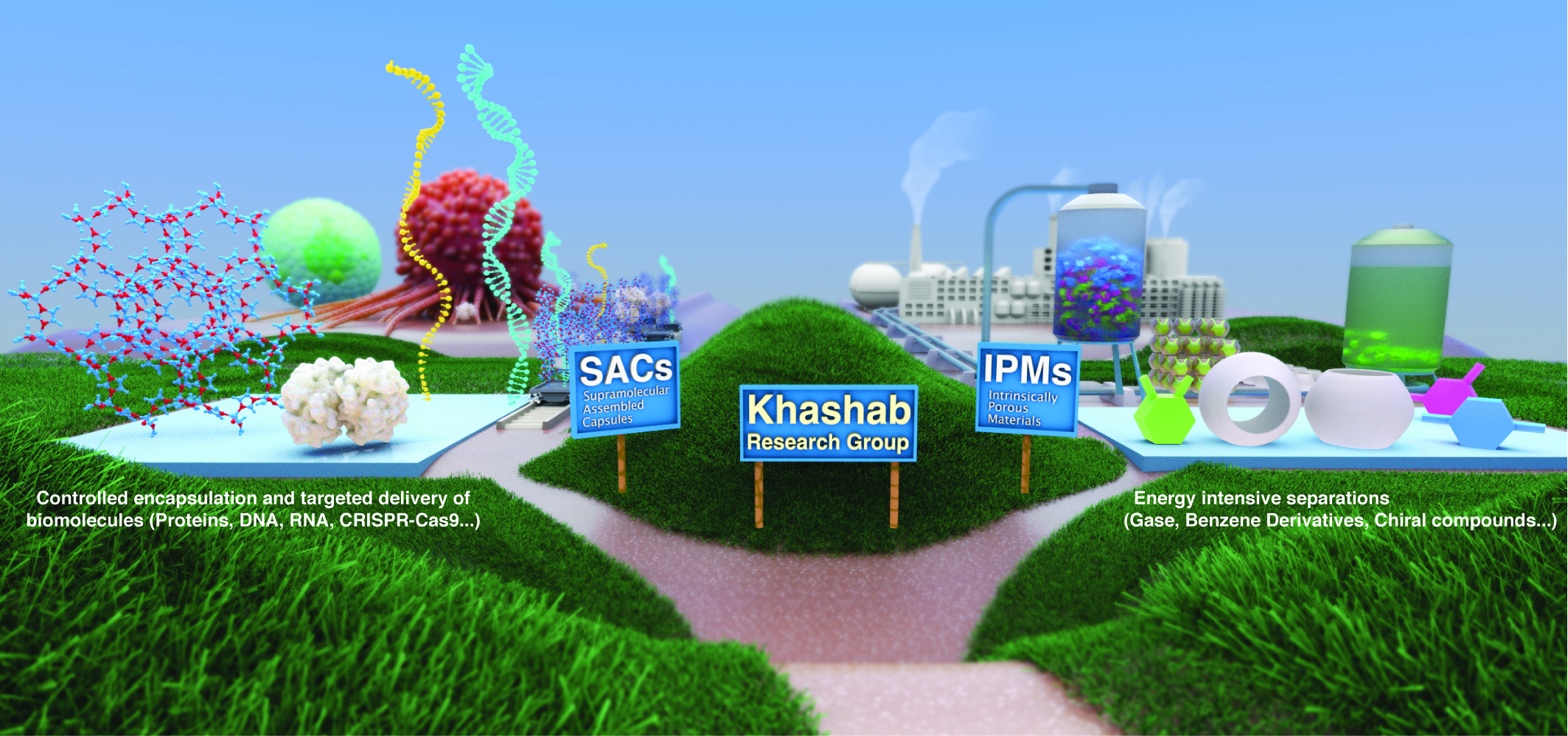

Building on Nature: The Evolution of Smart Superstructures
Mimicking nature by synthetic approaches takes advantage of millions of years of evolution, which has produced remarkable and functional natural materials using minimal resources and effort. In many cases, the materials we use in computing, catalysis, structural engineering and vehicle design can all be improved by synthesizing them in a way which follows the principles and practices seen in nature. Supramolecular chemistry lies in the heart of the “biomimetic” approach as it deals with the chemistry and collective behavior of organized ensembles of molecules. Whereas the “traditional” chemistry concentrates on the covalent C-C bond formation, supramolecular chemistry centers on the weaker and reversible non-covalent interactions between molecules. These forces include hydrogen bonding, metal coordination, hydrophobic forces, van der Waals forces, pi–pi interactions and electrostatic effects.
Inspired by the model of evolutionary biological systems, the Khashab research group is engaged in the design and synthesis of supramolecular assemblies at the nanoscale employing non-covalent and coordination interactions. The main advantage of these molecularly defined entities is superior solution processability to be easily and reproducibly integrated in future commercial fabrication processes. These systems are designed with an emphasis on hierarchical-assembly (evolution), porosity (ordered self-assembly) and stimuli-responsiveness (smart materials).
